I’ve never understood why hallways get such short shrift in British homes. We’ll spend thousands on kitchen islands we rarely use and bathroom fixtures that wouldn’t look out of place in a boutique hotel, but the space that literally introduces your home to the world? That gets treated like some sort of architectural afterthought—a necessary evil to be hurried through rather than enjoyed.
My obsession with hallways started in my grandparents’ Edwardian semi in Stockport. Their entrance hall was modest by modern standards but featured the original tile work—those classic deep blues and burgundies in a geometric pattern that always reminded me of some elaborate board game. Even as a child, I sensed the transition it created—one step inside and you felt properly welcomed. The sound of your footsteps changed, the light quality shifted, and something about the space said, “Right then, you’re home now.”
When Charlotte and I bought our first wreck of a Victorian terrace, the hallway was in a shocking state. Previous owners had carpeted over what we suspected were original tiles (spoiler: they were, and extracting them from beneath three layers of unspeakable adhesive nearly broke me), painted the walls a peculiar shade of peach, and installed the sort of light fixture that would look institutional in a 1970s comprehensive school. The whole space screamed “get through me as quickly as humanly possible.”
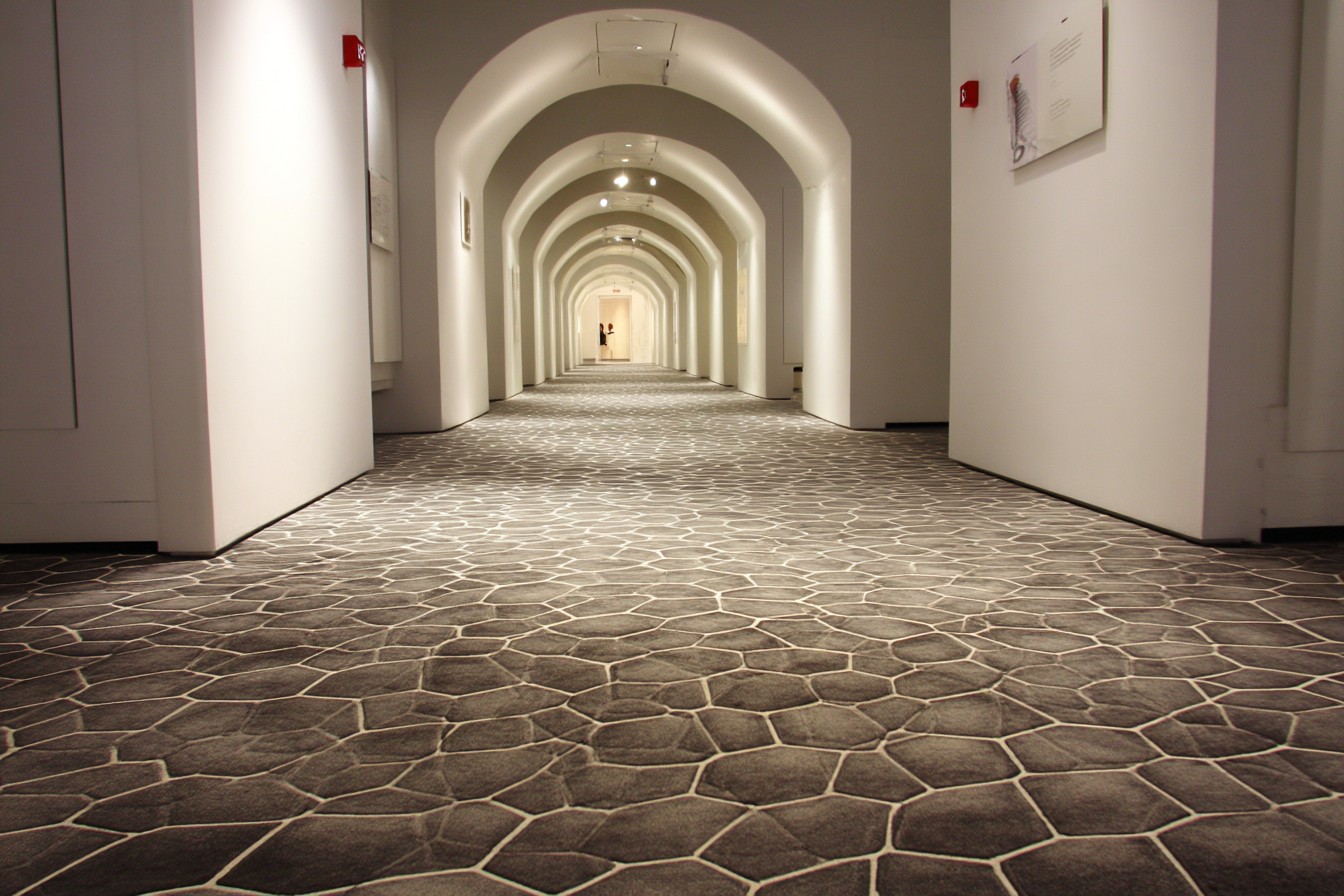
Mates would come round during the renovation and ask when we were tackling the “important rooms.” But here’s the thing—few spaces work harder than hallways. They’re traffic routes, storage areas, transition spaces, and your home’s handshake all rolled into one. And in typical British properties, they’re often awkward, narrow, and dark to boot. Transforming ours became something of a personal crusade.
Last month, I consulted on a hallway renovation for Liz and Steve in their 1890s end-of-terrace in Levenshulme. “We’ve done everything else,” Liz explained, gesturing around their beautifully renovated living room, “but this bit still feels like we’re walking through someone else’s house to get to ours.” Their hallway suffered from classic Victorian ailments—narrow width, limited natural light, and the kind of ceiling height that makes even modest-sized people feel like they should duck.
Their budget wasn’t enormous—around £1,200 all in—but honestly, hallways can deliver the best bang for your buck in terms of transformation. We focused on five key elements, and the before-and-after would make one of those naff home makeover shows proud.
Let’s start with what’s underfoot, because flooring makes a massive difference in hallways. Original Victorian or Edwardian tiles are gold dust if you’re lucky enough to have them intact—worth every backbreaking moment of restoration. In Liz and Steve’s case, previous generations had been less kind; their tiles were largely destroyed, with just a tragic border section remaining near the skirting.
We considered reproduction Victorian tiles, but at £90-odd per square metre, they would have blown most of the budget. Instead, we went for a contemporary interpretation—large format porcelain tiles in a deep terracotta that complemented the period without pretending to be original. Crucially, they’re practically bombproof, which matters enormously in a high-traffic area that sees everything from muddy boots to bicycle wheels. The transformation was immediate—instantly making the space feel intentional rather than neglected.
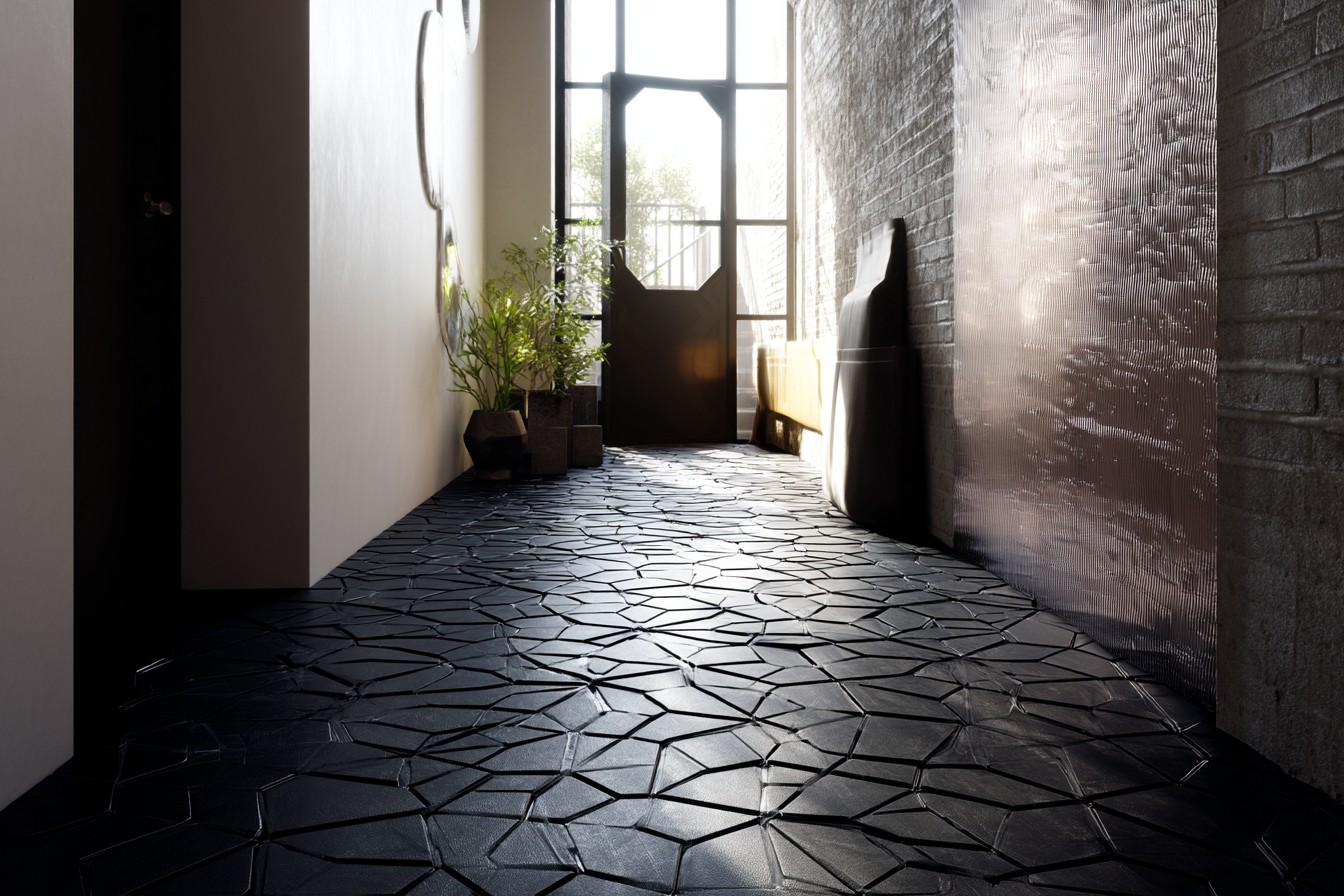
Wall treatments are your next consideration. British hallways tend to take a proper battering—scuffs from bags, marks from umbrellas, the occasional child-height artistic expression. In narrow spaces, darker colours can actually work brilliantly, contrary to what interior magazines might tell you about light colours making spaces feel larger. We went with a deep green below dado rail height—Farrow & Ball’s Studio Green, which sounds ridiculously posh but was one tin that covered what we needed, so actually economical.
Above the dado, we used a warm off-white (not brilliant white, mind you—nothing ages a period property faster than stark white paint). The combination created a cocooning effect that made the space feel properly considered. We carried the off-white onto the ceiling, where we also restored some modest cornice work that had been covered by decades of thick paint.
Lighting is where many hallway schemes go properly pear-shaped. That single, miserable pendant light—usually set at a height guaranteed to cast the most unflattering shadows possible—is the default in most British homes. In Liz and Steve’s case, we created a layered lighting scheme instead.
Their hallway was about 5 metres long, so we installed three wall lights at roughly eye height, creating pools of light that draw you through the space rather than just illuminating it functionally. We found decent brass wall sconces for about £60 each—not dirt cheap but not designer-level extortionate either. We complemented these with a simple pendant light with a glass shade that disperses light softly rather than creating harsh downward beams.
The electrician looked at me like I was slightly mad when I insisted all three wall lights and the pendant needed to be on separate circuits, but having that control allows them to adjust the mood dramatically. During the day, they might just have one wall light on as a welcoming accent; for evening gatherings, the full complement creates proper drama.
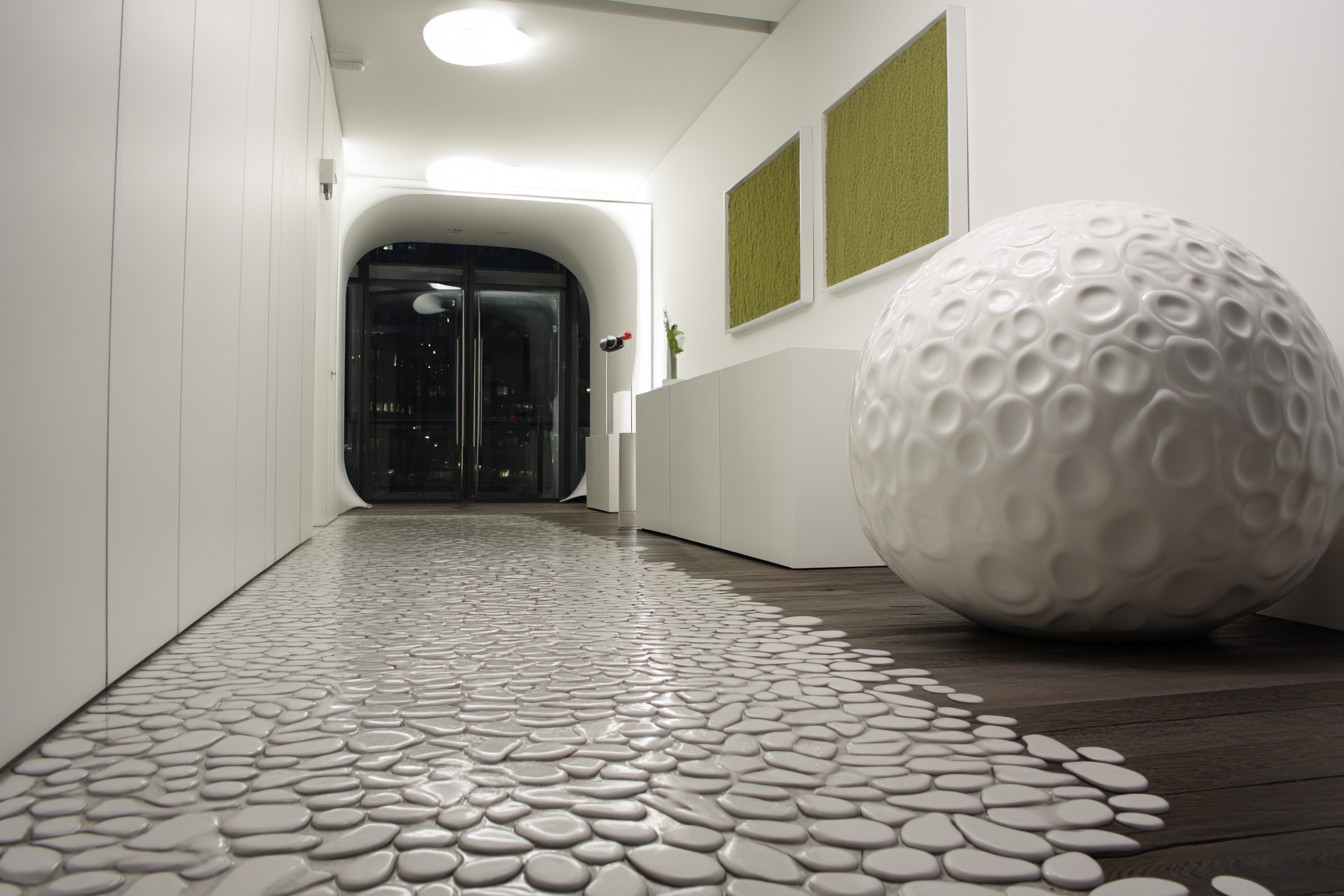
Storage is the element most often botched in hallway designs. British homes rarely have the luxury of enormous entrance halls, so cramming in inappropriate storage can make an already tight space feel positively claustrophobic. Liz and Steve had been using a massive Victorian wardrobe that, while characterful, was essentially a black hole for everything from coats to football boots, and it projected so far into the hallway that you had to shuffle sideways past it.
We replaced this with a purpose-built solution—a slimline console table with storage underneath for shoes, hooks above for everyday coats, and a small bench seat where they could perch to deal with footwear. The entire arrangement projected just 30cm into the hallway rather than the previous 60cm, immediately making the space feel twice as generous.
For occasional coats and guest items, we installed a simple row of aged brass hooks in the under-stairs area—which had previously been stuffed with all manner of random items that rightfully belonged elsewhere. The discipline of limited, specific storage actually helped them declutter the entire space.
The final element—and the one most often overlooked—is what I call personality layers. These are the touches that make a hallway feel like a proper room rather than just a corridor. In their case, we created a gallery wall of black and white family photos in matching frames—a relatively inexpensive way to add character while maintaining visual cohesion. A narrow console table holds a proper table lamp (giving yet another lighting option), a small dish for keys, and a rotating selection of seasonal items—currently some foraged branches from their garden that cost precisely nothing but add height and interest.
We also hung a substantial mirror opposite the front door, which not only serves the practical purpose of last-minute appearance checks but also bounces whatever precious natural light makes it into British hallways. Their mirror was a Facebook Marketplace find for £30 that I helped Steve refinish—the frame was an unfortunate orange pine when purchased but looks rather smart now in the same deep green as the lower walls.
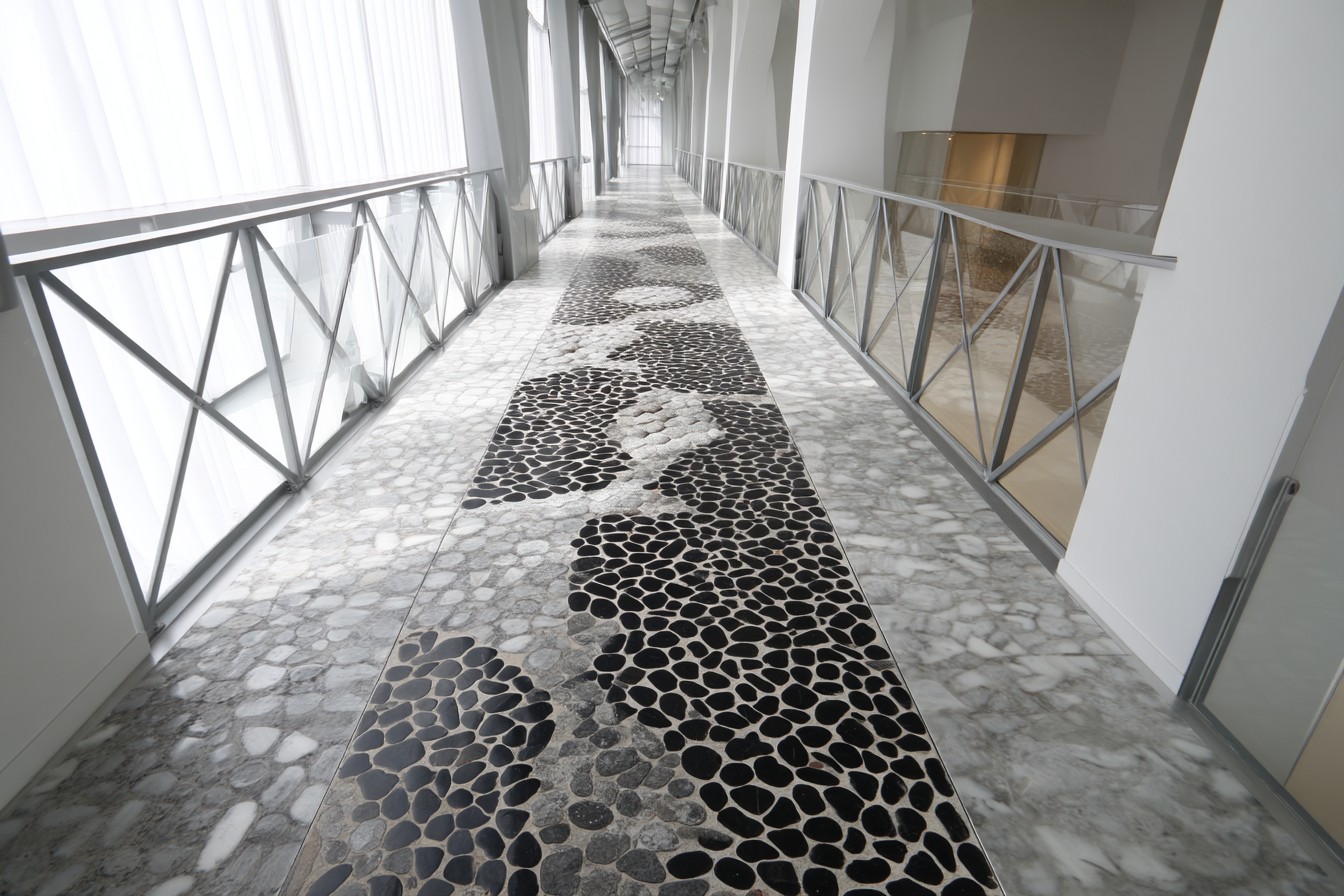
When we finished, they had a hallway that cost less than many spend on a flashy bathroom tap, but which transformed the experience of entering their home completely. “It’s weird,” Liz texted me a week later, “but I actually find myself lingering in the hallway now instead of rushing through it.”
And that’s precisely what these spaces should do—welcome rather than repel. Another client—Rachel in her 1950s semi in Withington—tackled her hallway with even more modest means, focusing on just three key changes that collectively made an enormous difference.
The first was addressing the lighting—replacing a single overhead bulb with a thoughtful combination of wall lights and a table lamp on an existing console. The second was repainting in a warm neutral rather than the clinical white the previous owners had slapped everywhere with depressing uniformity. And the third was adding character through textiles—a narrow but hardwearing runner and a simple roman blind at the half-landing window in fabrics that introduced pattern and colour.
“It cost me less than £400 all in,” she told me, “but visitors actually comment now. Before, it was just invisible.”
My own current hallway in the 1950s semi required different treatment again. The proportions are more generous than Victorian properties, but it suffered from that particular brand of mid-century blandness—functional but soulless. We kept the original terrazzo-style floor tiles, which have a certain retro charm once properly cleaned and sealed, but changed practically everything else.
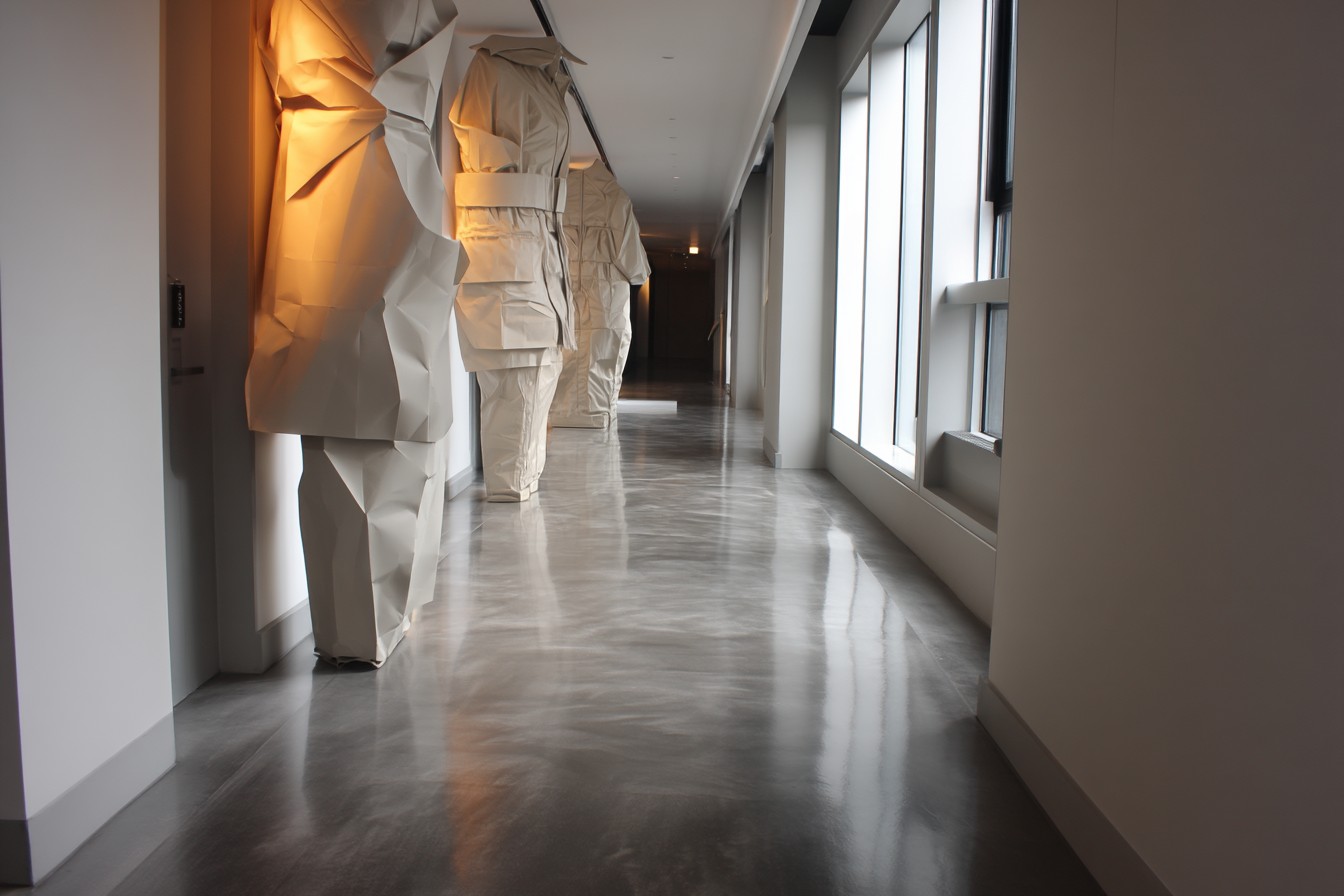
The walls received wooden panelling to dado height—not traditional Victorian panelling but a simpler, more mid-century appropriate design with wider boards. Above this, we chose a warm yellow that would ordinarily terrify me, but in a hallway used primarily for transition rather than lingering, it creates a sense of sunshine even on Manchester’s greyest days (which, let’s face it, is most of them).
Our storage solution was built around a vintage G Plan sideboard—the perfect height for dropping keys and bags, with drawer storage for gloves, dog leads, and all those small items that otherwise create hallway chaos. Above it hangs a circular mirror that echoes the curves of the furniture, while offsetting the linear wall panelling.
The difference these changes make to daily life is difficult to overstate. Coming home now feels like a proper arrival rather than simply stopping being outside. The psychological shift from public to private space is marked by surroundings that feel considered and welcoming rather than neglected.
For those looking to upgrade their own hallways without requiring a second mortgage, I’d suggest starting with the elements that create the most dramatic change: flooring and lighting. Even addressing just these two can transform how a space feels. If budget allows, adding proper storage designed specifically for hallway functions rather than repurposed from other rooms makes daily life immeasurably more pleasant.
Remember that hallways don’t need to shout—they’re setting the tone for what’s to come rather than stealing the show entirely. Consistency with the rest of your home matters, but they can be slightly bolder, slightly more dramatic than other spaces precisely because you’re not spending hours there.
And perhaps most importantly, they should reflect the reality of British life—we come home wet more often than dry, muddy rather than pristine. Choosing materials that age gracefully rather than show every mark means your hallway will look better for longer, no matter what the weather or family life throws at it.
So before you invest in that kitchen island or rainfall shower, consider giving some attention to the humble hallway. It’s working harder than almost any other room in your house, forming first impressions that colour how people—including you—feel about your entire home. And honestly, there are few renovation projects that deliver more satisfaction for less outlay than transforming the space that welcomes you home every single day.